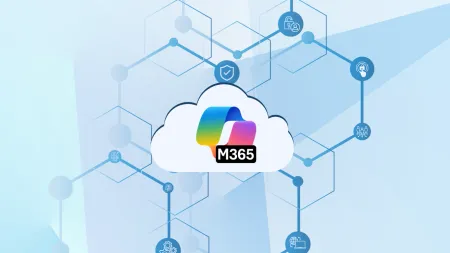Active Directory Limits: Maximum Objects, etc
Explore Active Directory's maximum limits for objects, trusts, and domain controllers. Learn how to scale your AD infrastructure efficiently.

Curious to the limits of Active Directory? This shows the maximum specifications of active directory.
Maximum Number of Objects
Each domain controller in an Active Directory forest can create a little bit less than 2.15 billion objects during its lifetime.
Maximum Number of Security Identifiers
There is a limit of approximately 1 billion security identifiers (SIDs) over the life of a domain. This limit is due to the size of the global relative identifier (RID) pool of 30 bits that makes each SID (that is assigned to user, group, and computer accounts) in a domain unique. The actual limit is 230 or 1,073,741,823 RIDs.
Group Memberships for Security Principals
Security principals (that is, user, group, and computer accounts) can be members of a maximum of approximately 1,015 groups.
FQDN Length Limitations
Fully qualified domain names (FQDNs) in Active Directory cannot exceed 64 characters in total length, including hyphens and periods (.).
File Name Length Limitations
The file system that Windows operating systems uses limits file name lengths (including the path to the file name) to 260 characters.
Organizational Unit Name Length
The maximum length for the name of an organizational unit (OU) is 64 characters.
Maximum Number of Group Policy Objects Applied
There is a limit of 999 Group Policy objects (GPOs) that you can apply to a user account or computer account.
Trust Limitations
Trust limitations arise from the number of trusted domain objects (TDOs), the length of trust paths, and the ability of clients to discover available trusts. Limitations that apply include the following:
- Kerberos clients can traverse a maximum of 10 trust links to locate a requested resource in another domain. If the trust path between the domains exceeds this limit, the attempt to access the domain fails.
- When a client searches out a trust path, the search is limited to the trusts that are established directly with a domain and the trusts that are transitive within a forest.
- Previous testing has shown that the time to complete operations related to TDOs, such as authentication across domains, deteriorates noticeably if the Active Directory implementation in an organization contains more than 2,400 TDOs.
Maximum Number of Accounts per LDAP Transaction
When you write scripts or applications that perform Lightweight Directory Access Protocol (LDAP) transactions, the recommended limit is to perform no more than 5,000 operations per LDAP transaction.
Recommended Maximum Number of Users in a Group
For Windows 2000 Active Directory environments, the recommended maximum number of members in a group is 5,000. This recommendation is based on the number of concurrent atomic changes that can be committed in a single database transaction.
So far, testing in this area has yet to reveal any new recommended limits to the number of members in a group or any other linked multi-valued attribute. Production environments have been reported to exceed 4 million members, and Microsoft scalability testing reached 500 million members.
Recommended Maximum Number of Domains in a Forest
For Windows 2000 Server, the recommended maximum number of domains in a forest is 800. For Windows Server 2003, the recommended maximum number of domains when the forest functional level is set to Windows Server 2003 (also known as forest functional level 2) is 1,200.
Recommended Maximum Number of Domain Controllers in a Domain
Because the File Replication Service (FRS) is used to replicate SYSVOL in a Windows Server 2003 domain, we recommend a limit of 1,200 domain controllers per domain to ensure reliable recovery of SYSVOL.
Recommended Maximum Kerberos Settings
The maximum recommended size for a Kerberos ticket is 65,535 bytes.
Posted from: Fabricem blog’s (aka Iceman) : Active Directory Maximum Limits - Scalability
Please check us out for your Managed Service or Cloud Consulting needs.





